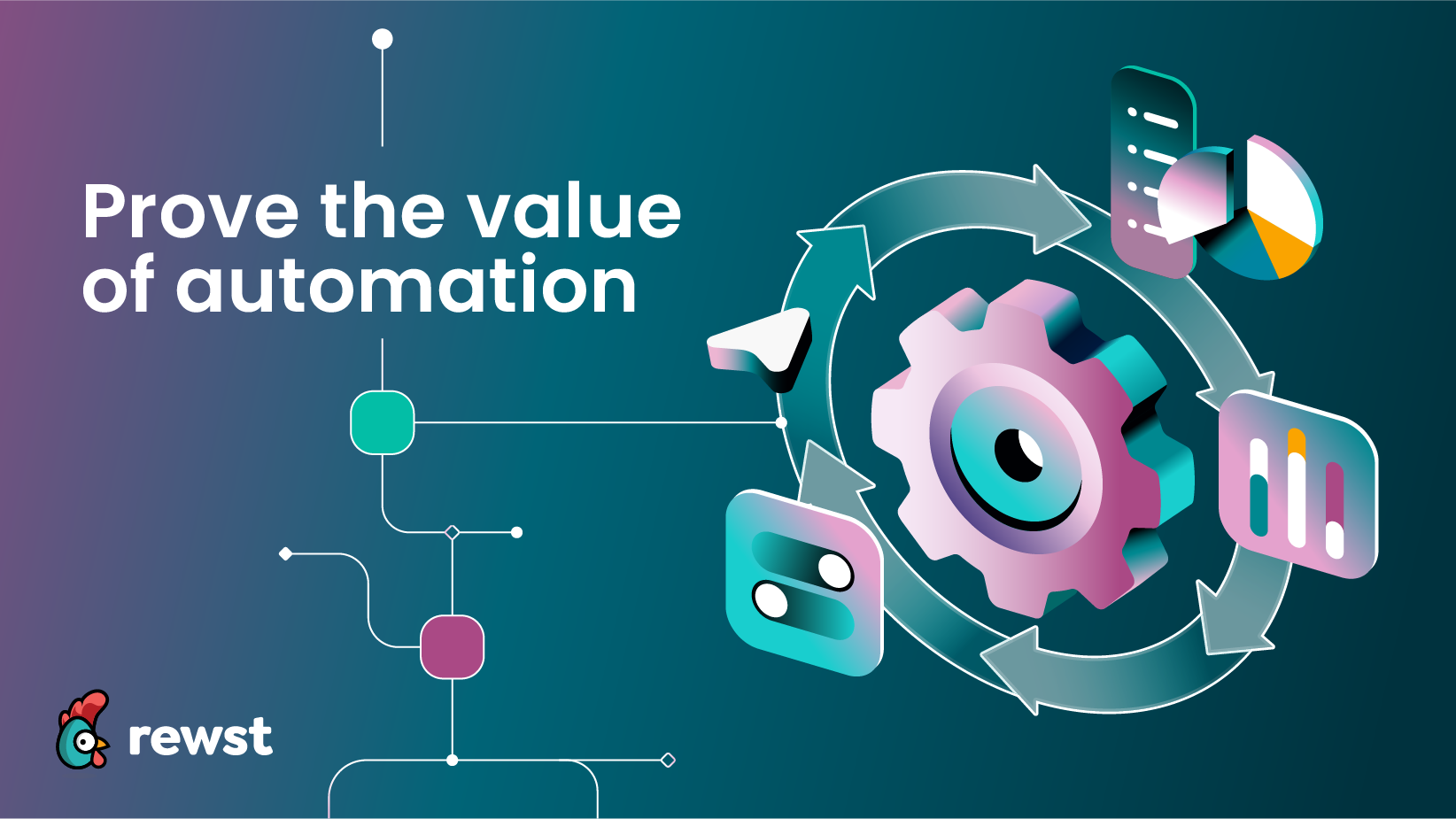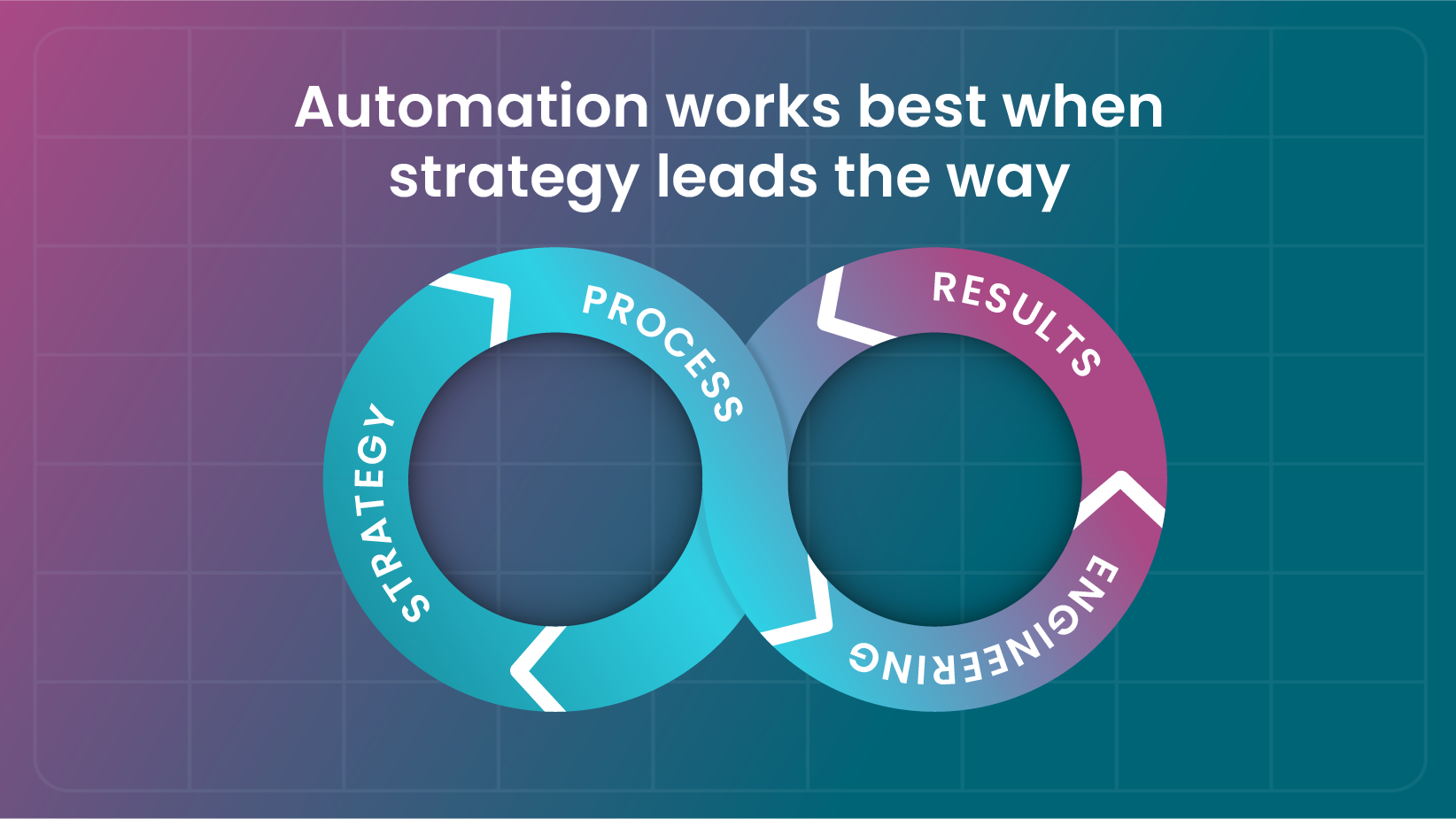Proving the value of automation with the IMPACT Framework and Business Case Builder

Automation feels like the kind of thing that should sell itself. Everyone knows it saves time, reduces errors, and helps teams work smarter. The challenge arises when you attempt to quantify that value in dollars and data. That’s where most automation projects stall—between the “we know it’s good” and the “we can prove it’s worth it.”
They turn automation’s value into something measurable, repeatable, and ready to share with anyone who needs convincing.
What is the IMPACT Framework?
The IMPACT Framework is a clear, structured process that helps Managed Service Providers (MSPs) and other organizations build airtight business cases for automation. It eliminates the guesswork from ROI and replaces it with a method you can use repeatedly.
Here’s what it helps you do:
- Justify automation efforts both internally and externally.
- Turn data into a story that makes sense to stakeholders.
- Create a repeatable way to track the impact of automation.
With IMPACT, automation becomes a business function, not just a technical one.
The six steps to proving automation value: I.M.P.A.C.T.
Each step builds toward a complete picture of value, from the cost of manual work to the ROI story you’ll tell.
1. I - Identify manual costs:
- Goal: Establish the baseline cost of the process as it exists today, or the “cost of doing nothing.”
- What you do: Quantify the time spent on a manual task, its frequency, and the fully-loaded hourly rate of the employee performing it. This includes salary, benefits, and taxes.
- Formula: Monthly Time Cost = (Time to Perform Task ÷ 60) ⨉ Task Frequency ⨉ Employee Hourly Rate
2. M - Measure manual risk:
- Goal: Quantify the “hidden” and direct financial costs associated with human error.
- What you do: Assess the error rate, the time it takes to rework mistakes, and any direct financial losses (e.g., unbilled items, compliance fees, security liabilities).
- Formulas: Monthly Rework Time Cost = (Task Frequency ⨉ Error Rate) ⨉ (Rework Time / 60) ⨉ Employee Hourly Rate; Total Monthly Risk Cost = Monthly Rework Time Cost + Direct Monthly Financial Loss
3. P - Project the investment:
- Goal: Determine the one-time, upfront cost required to build and deploy the automation.
- What you do: Calculate development time and the developer’s hourly rate, plus any one-time platform or tooling costs.
- Formula: One-Time Investment Cost = (Development Time ⨉ Developer’s Hourly Rate) + Tooling Costs
4. A - Account for ongoing costs:
- Goal: Factor in the recurring costs to run and maintain the automation, ensuring a realistic ROI calculation.
- What you do: Include subscription fees for automation platforms (like Rewst) and estimated monthly maintenance hours.
- Formula: Monthly Automation Cost = Subscription Fees + (Monthly Maintenance Hours ⨉ Developer’s Hourly Rate)
5. C - Calculate net savings:
- Goal: Consolidate all figures to find the net monthly financial impact of the automation.
- What you do: Subtract the Monthly Automation Cost from the combined Monthly Time Cost and Total Monthly Risk Cost.
- Formula: Net Monthly Savings = (Monthly Time Cost + Total Monthly Risk Cost) - Monthly Automation Cost
6. T - Tell the ROI story:
- Goal: Translate the monthly savings into long-term value metrics and a compelling narrative.
- What you do: Calculate annual savings, payback period, and first-year ROI. Crucially, this step involves building a story around the data, highlighting not only financial gains but also intangible benefits, such as improved morale, service quality, and enhanced scalability.
- Formulas: Annual Savings = Net Monthly Savings ⨉ 12; Payback Period = One-Time Investment Cost ÷ Net Monthly Savings; First-Year ROI (%) = [ (Annual Savings – One-Time Investment Cost) ÷ One-Time Investment Cost ] ⨉ 100
The power of storytelling with IMPACT
Numbers are important, but they only get you halfway. The IMPACT Framework teaches you to connect data to a story using a simple three-act format:
- Act 1: The problem – Describe the current pain, quantified by manual costs and risks.
- Act 2: The solution – Explain how automation solves it, presenting the investment as an enabler of change.
- Act 3: The future state – Paint a picture of the new reality, focusing on net savings, ROI, and intangible benefits like reclaimed time and improved focus.
This approach enables your message to resonate with diverse audiences. Finance teams see the savings. Operations sees the efficiency. Leadership considers the strategy. MSPs can even use it as a sales tool to position automation as a business advantage, rather than a technical upgrade.
Why the IMPACT Framework is crucial for your business
Whether you’re an MSP building client proposals or a team leader justifying a new automation, the Framework and Builder help you prove value clearly and consistently.
- For MSPs: Create strong proposals, justify internal investments, and stand out from competitors.
- For organizations: Quantify risk, plan smarter, and track ongoing results.
- For teams: Build a culture that treats automation as a measurable business improvement.
The IMPACT Framework turns numbers into something that everyone can understand. It helps you explain results in a way that connects people, supports decisions, and makes the value of automation clear and practical.
Learn more in Cluck University
If you’re ready to explore the IMPACT Framework in more depth, take the Intro to IMPACT course in Cluck University. It guides you through calculating ROI and crafting a story that connects automation results to business outcomes.
It’s a simple next step for anyone who wants to apply what they’ve just learned and start proving automation’s value with clarity and confidence.
Latest Blog Posts
Subscribe to Our Blog
Stay up to date with the latest on our platform, automation, events and news.
We're committed to your privacy. Rewst uses the information you provide to us to contact you about our relevant content, products, and services. You may unsubscribe from these communications at any time.







